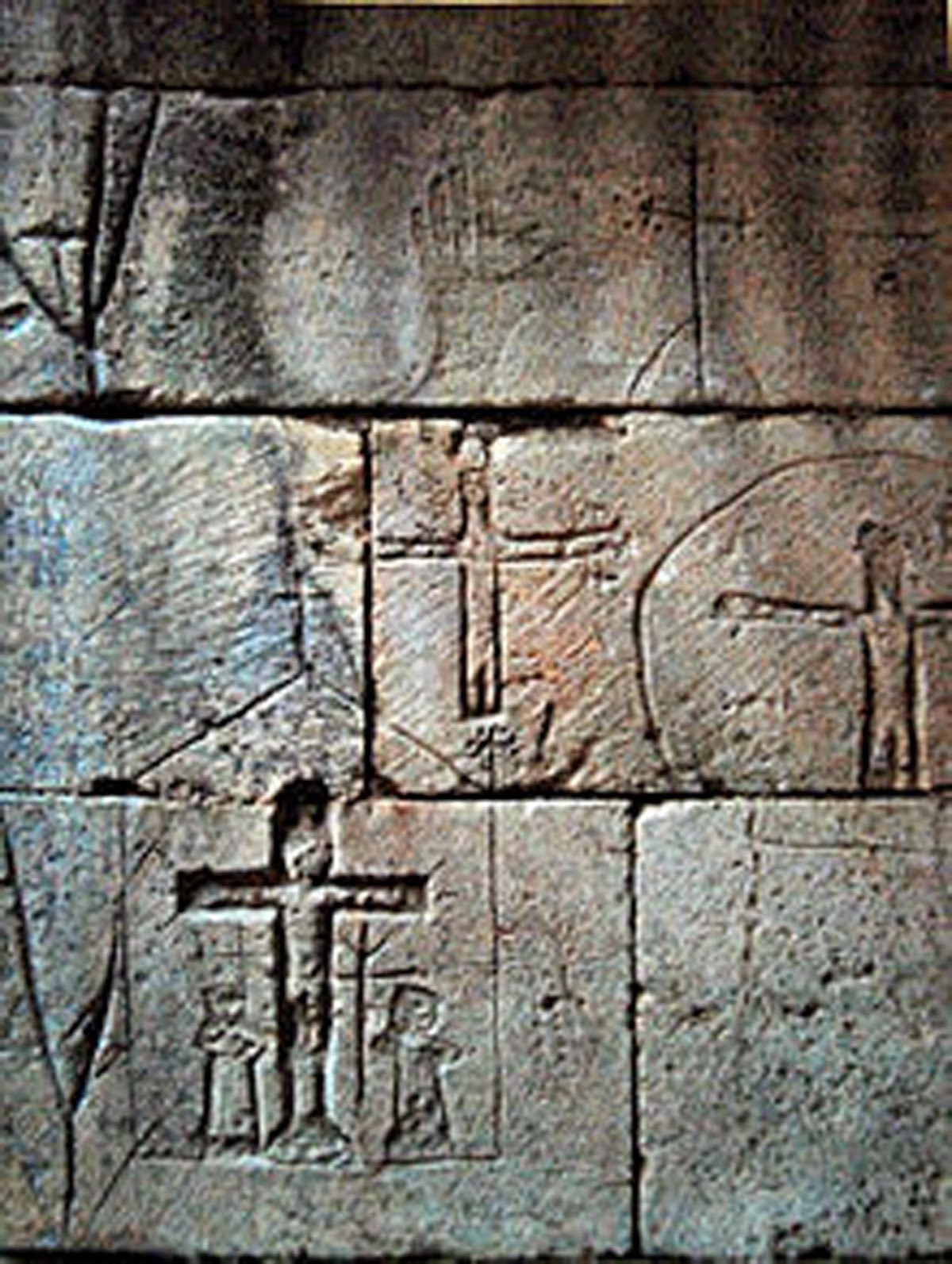Treignac
After leaving the horror of Oradour behind, we continued southeast, skirting the city of Limoges, and stopping for the night in the Village of Treignac. Treignac has been honored with the designation "Les Plus Beaux Villages de France", one of the Most Beautiful Villages In France, and one of 157 villages to be so honored. Laurent is very familiar with Treignac, having once owned and operated a tavern in the village.The tavern, as well as the entire village has fallen on hard times. Unfortunately, this is happening to many of the "Most Beautiful Villages" as many of the younger generation desert the largely rural and pastoral surroundings for the cities as soon as they are able, leaving behind a shrinking population of elders incapable of sustaining the fragile economies. A pity because these villages are truly gems. Treignac is situated on the banks of the river la Vezere and boasts a chapel with a unique "corkscrew" steeple.
Our accommodations for the night of Friday June 21 in Treignac were at the ivy-covered Hotel La Brasserie.
Being the summer solstice, there was, of course, a solstice party happening in the hotel restaurant. Solstice parties occur in every city, town, and village across France on this night each year. This is an ancient tradition we would do well to imitate.
As my friend Jimmy likes to say, "you must be drunk, your face is getting blurry."
Collonges-la-Rouge
On our way to Sarlat, where we would spend both Saturday and Sunday nights, we stopped by the innaugural and prototypical Les Plus Beaux Village de France, Collonges-la-Rouge, whose buildings, many dating to the 16th century, are constructed almost entirely of the local red sandstone.Sarlat
We arrived in Sarlat Saturday evening, June 22 and spent the next day sightseeing in the city and the surrounding area. There is a lot to see and do in and around Sarlat, including several medieval villages on the River La Dordogne south of town...villages such as Beynac and Domme. Sarlat, itself, is well-known for its gastronomy, especially all things goose and duck, e.g. foie gras and confit.In Beynac, we followed in the footsteps of Richard The Lionheart.
In Domme, we followed in the footsteps of the Templars who were imprisoned there in 1307.
By peering through the only opening in the dungeon wall, you can still see graffiti left by Templars during their captivity.
Back in Sarlat, we enjoyed a couple of memorable dinners and a spectacular light show on Sunday evening. Early Monday morning, June 24, we said goodbye to Sarlat and headed further south and east to our next evenings destination, Millau, home to a true engineering marvel, the tallest highway bridge in the world.



























































